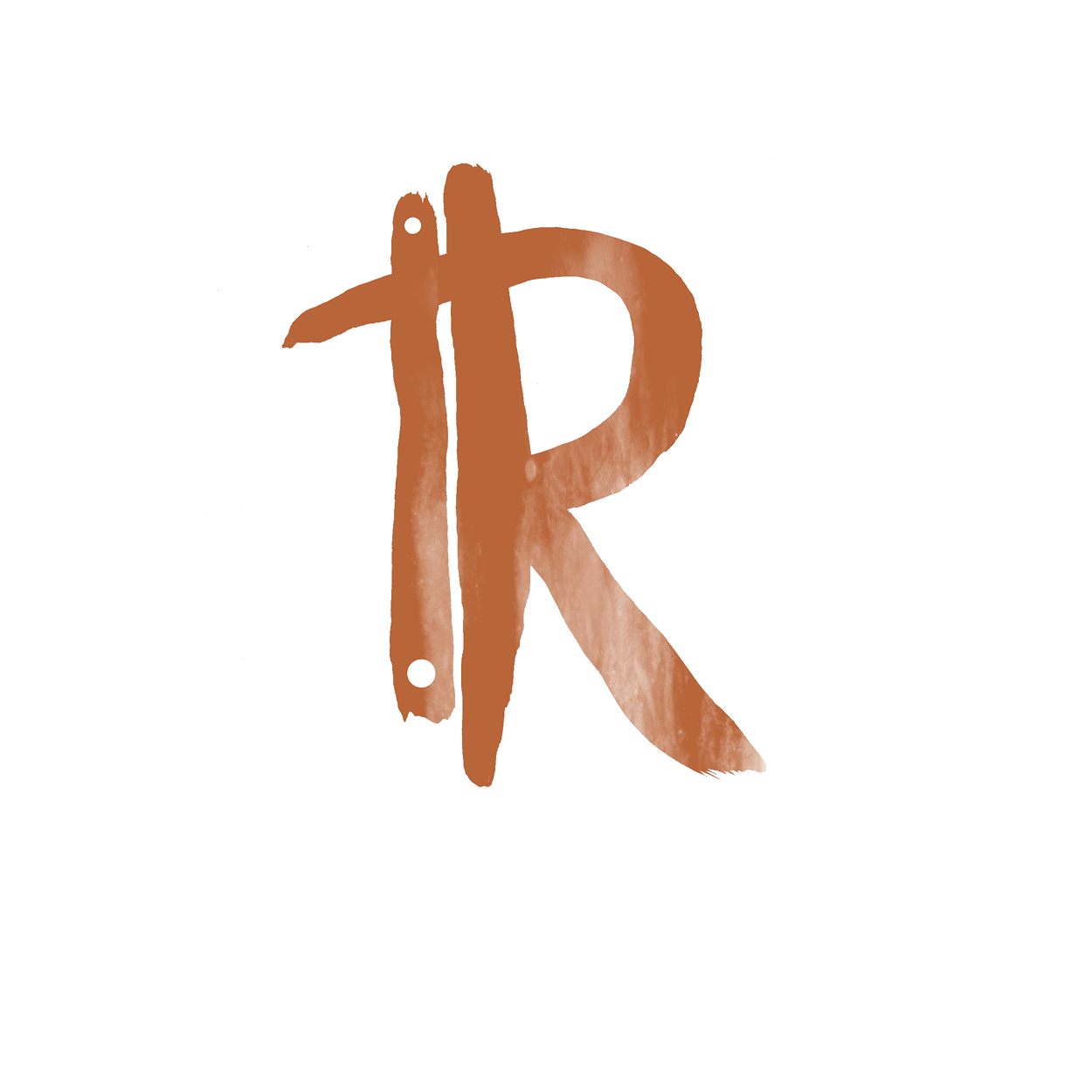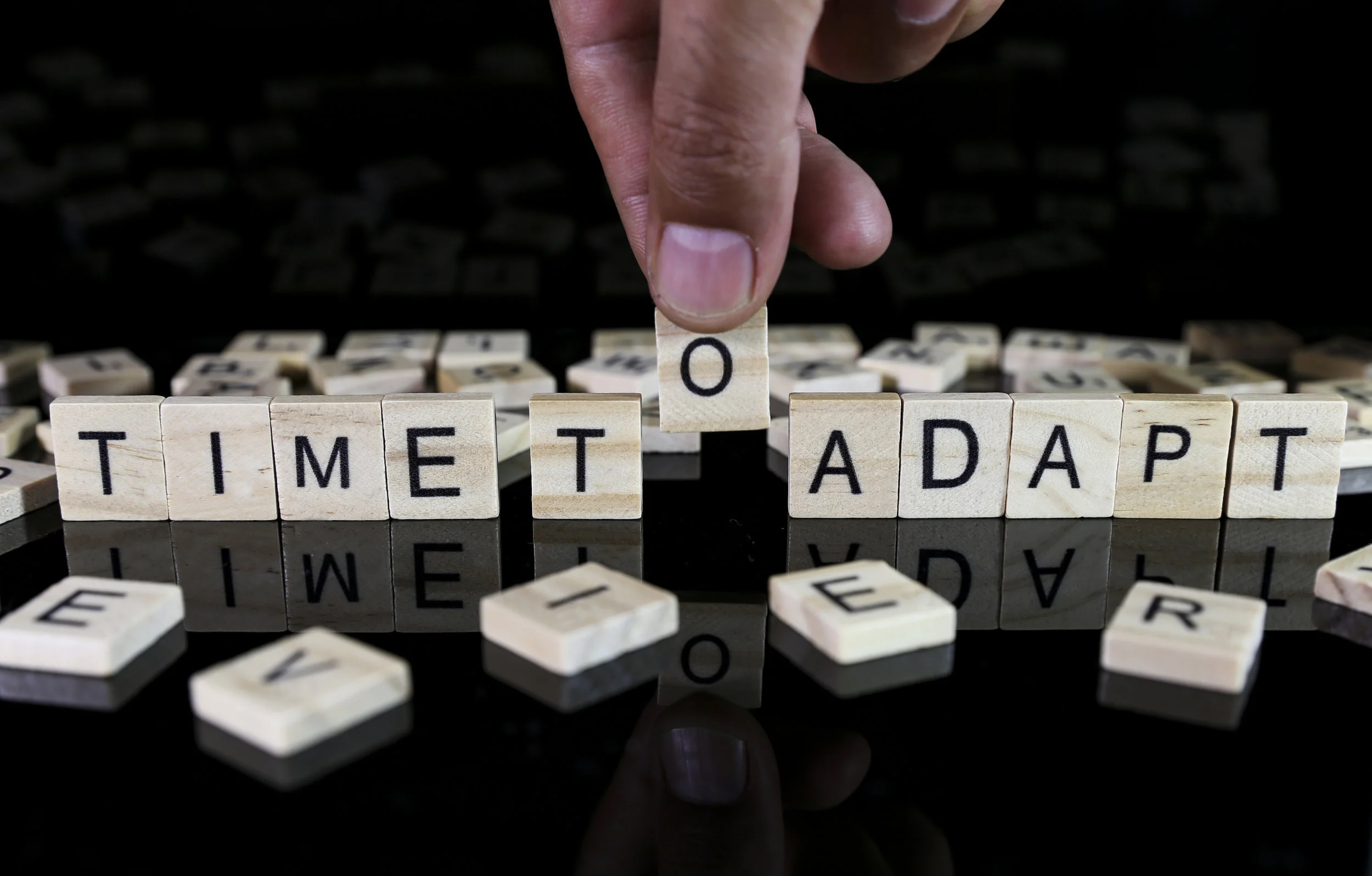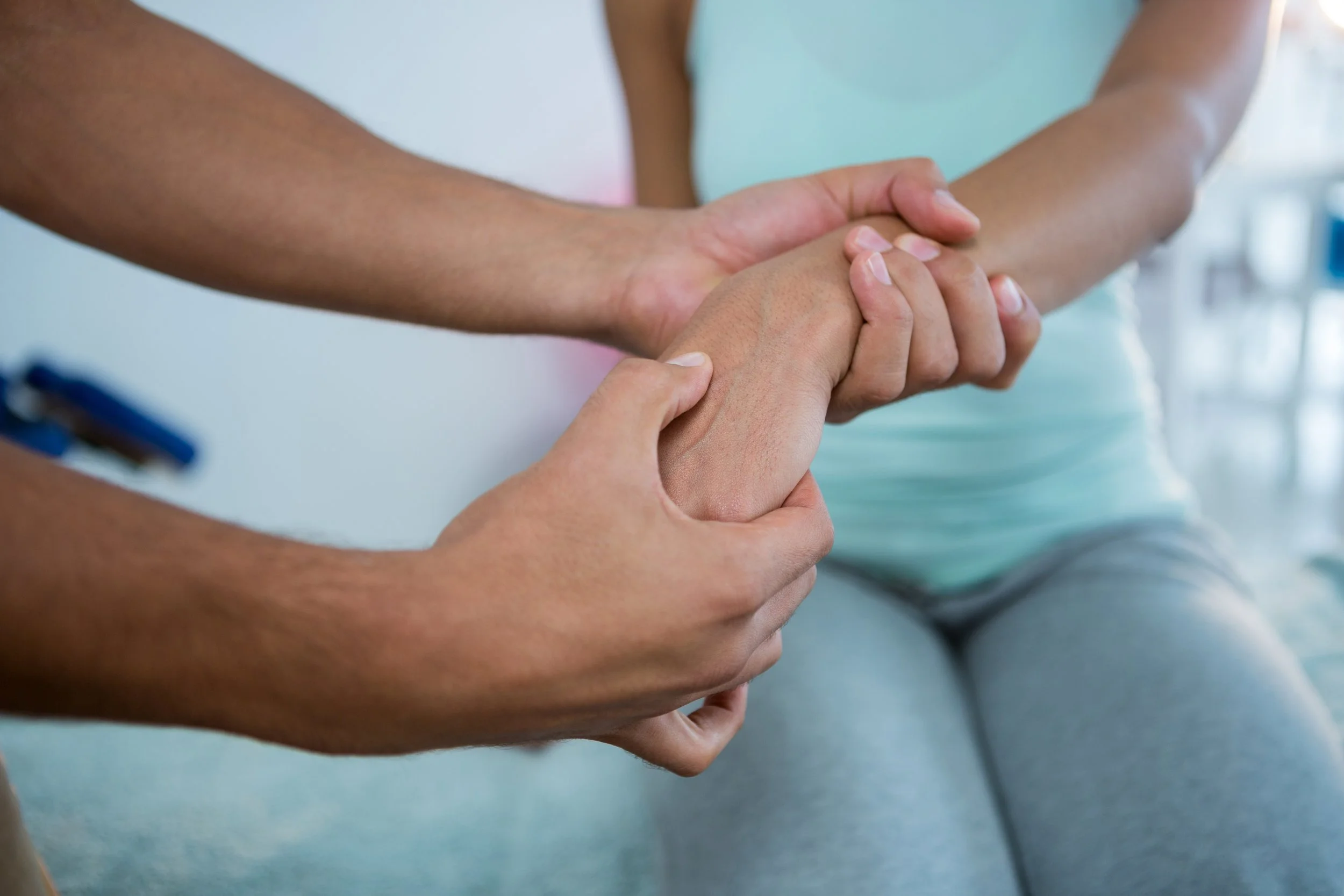Gary Steinberg defied convention when he began implanting living cells inside the brains of patients who had suffered from a stroke.
The day she had a stroke, Sonia Olea Coontz, a 31-year-old from Long Beach, California, was getting ready to start a new career as a dog trainer. She had just wrapped up a week of training, and she and her boyfriend were taking their own dogs to the park. But something strange kept happening: She’d try to say one thing and end up saying another.
By evening, her boyfriend was worriedly telling her that the right side of her face had gone slack. She wasn’t able to focus on anything except the bedroom walls, and she wondered how they’d gotten to be so white. “It was very surreal,” she recalls.
Coontz spent the next six months mostly asleep. One day she attempted to move an arm, but she couldn’t. Then a leg, but she couldn’t move that, either. She tried to call for her boyfriend but couldn’t say his name. “I am trapped in this body,” she remembers thinking.
That was May 2011. Over the next two years, Coontz made only small improvements. She developed a 20-word spoken vocabulary and could walk for five minutes before needing a wheelchair. She could move her right arm and leg only a few inches, and her right shoulder was in constant pain. So when she learned about a clinical trial of a new treatment at Stanford University School of Medicine, she wasn’t fazed that it would involve drilling through her skull.
At Stanford, a magnetic resonance scan showed damage to the left half of Coontz’s brain, an area that controls language and the right side of the body. Ischemic strokes, like Coontz’s, happen when a clot blocks an artery carrying blood into the brain. (Rarer, but more deadly, hemorrhagic strokes are the result of weakened blood vessels that rupture in the brain.) Of the approximately 800,000 Americans who have strokes each year, the majority make their most significant recoveries within six months. After that, their disabilities are expected to be permanent.
On the day of Coontz’s procedure, Gary Steinberg, the chair of neurosurgery, drilled a nickel-size burr hole into Coontz’s skull and injected stem cells around the affected part of her brain. Then everyone waited. But not for long.
Coontz remembers waking up a few hours later with an excruciating headache. After meds had calmed the pain, someone asked her to move her arm. Instead of moving it inches, she raised it over her head.
“I just started crying,” she recalls. She tried her leg, and discovered she was able to lift and hold it up. “I felt like everything was dead: my arm my leg, my brain,” she says. “And I feel like it just woke up.”
Coontz is part of a small group of stroke patients who have undergone the experimental stem cell treatment pioneered by Steinberg. Conventional wisdom has long maintained that brain circuits damaged by stroke are dead. But Steinberg was among a small cadre of researchers who believed they might be dormant instead, and that stem cells could nudge them awake. The results of his trial, published in June 2016, indicate that he may well be right.
“This important study is one of the first suggesting that stem cell administration into the brain can promote lasting neurological recovery when given months to years after stroke onset,” says Seth Finklestein, a Harvard neurologist and stroke specialist at Massachusetts General Hospital. “What’s interesting is that the cells themselves survived for only a short period of time after implantation, indicating that they released growth factors or otherwise permanently changed neural circuitry in the post-stroke brain.”
Steinberg, a native of New York City, spent his early career frustrated by the dearth of stroke therapies. He recalls doing a neurology rotation in the 1970s, working with a woman who was paralyzed on one side and couldn’t speak. “We pinpointed exactly where in the brain her stroke was,” Steinberg says. But when Steinberg asked how to treat her, the attending neurologist replied, “Unfortunately, there’s no treatment.” For Steinberg, “no treatment” was not good enough.
After earning his MD/PhD from Stanford in 1980, Steinberg rose to become the chair of the school’s neurosurgery department. In 1992, he co-founded the Stanford Stroke Center with two colleagues.
In the years that followed, two treatments emerged for acute stroke patients. Tissue plasminogen activator, or tPA, was approved by the FDA in 1996. Delivered by catheter into the arm, it could dissolve clots, but it needed to be administered within a few hours of the stroke and caused hemorrhaging in up to 6 percent of patients. Mechanical thrombectomy emerged about a decade later: By inserting a catheter into an artery in the groin and snaking it into the brain, doctors could break up a clot with a fluid jet or a tiny suction cup. But that treatment could only be delivered within six hours of a stroke and couldn’t be used in every case. After the window closed, doctors could offer nothing but physical therapy.
When Steinberg started looking into stem cell therapy for stroke patients, in the early 2000s, the idea was still unorthodox. Stem cells start off unspecialized, but as they divide, they can grow into particular cell types. That makes them compelling to researchers who want to create, for example, new insulin-producing cells for diabetics. But stem cells also help our bodies repair themselves, even in adulthood. “And that’s the power that Steinberg is trying to harness,” says Dileep Yavagal, a professor of clinical neurology and neurosurgery at the University of Miami.
Steinberg began testing this in a small trial that ran between 2011 and 2013. Eighteen volunteers at Stanford and the University of Pittsburgh Medical Center agreed to have the cells—derived from donor bone marrow and cultured by the Bay Area company SanBio—injected into their brains.
Sitting in his office, Steinberg boots up footage of a woman in her 70s wearing a NASA sweatshirt and struggling to wiggle her fingers. “She’s been paralyzed for two years. All she can do with her hand, her arm, is move her thumb,” says Steinberg. “And here she is—this is one day later,” he continues. Onscreen, the woman now touches her fingers to her nose. “Paralyzed for two years!” Steinberg repeats jubilantly.
His staff calls this woman and Coontz their “miracle patients.” The others improved more slowly. For example, a year after their surgery, half of the people who participated in a follow-up exam gained 10 or more points on a 100-point assessment of motor function. Ten points is a meaningful improvement, says Steinberg: “That signifies that it changes the patient’s life.” His team hadn’t expected this. “It changes the whole notion—our whole dogma—of what happens after a stroke,” he says.
But how did the stem cells jump-start those dormant circuits? “If we understood exactly what happened,” he says wryly, “we’d really have something.” Here’s what didn’t happen: The stem cells didn’t turn into new neurons. In fact, they died off within a month.
Steinberg thinks the circuits in question were somehow being inhibited. He’s not exactly sure why, but he thinks chronic inflammation could be one reason. He has a clue: After the procedure, 13 of his patients had temporary lesions in their brains. Steinberg thinks these indicated a helpful immune response. In fact, the size of the lesions after one week was the most significant predictor of how much a patient would recover.
For all 18 patients, Steinberg also thinks the cells secreted dozens, perhaps hundreds, of proteins. Acting in concert, these proteins influenced the neurons’ environment. “Somehow,” Steinberg reflects, “it’s saying, ‘You can act like you used to act.’”
Some of the participants had adverse reactions to the surgery, but not to the cells themselves. (A small European study published later also indicated that stem cells are safe for stroke sufferers.) And Steinberg says his patients’ recovery “was still sustained on all scales at two years.”
He’s now collaborating with Yavagal on a randomized controlled study that will include 156 stroke patients. Key questions await future researchers: How many cells should doctors use? What’s the best way to administer them? And are the cells doing all the work, or is the needle itself contributing? Could the death of the cells be playing a role?
Steinberg thinks stem cell therapy might help alleviate Parkinson’s, Lou Gehrig’s disease, maybe even Alzheimer’s. His lab is also testing its effects on traumatic brain and spinal cord injuries. Even though these conditions spring from different origins, he thinks they might all involve dormant circuits that can be reactivated. “Whether you do it with stem cells, whether you do it with optogenetics, whether you do it with an electrode, that’s going to be the future for treating neurologic diseases.”
Six years after her stroke, Coontz now speaks freely, although her now-husband sometimes has to help her find words. Her shoulder pain is gone. She goes to the gym, washes dishes with both hands and takes her infant son on walks in the stroller. For Coontz, motherhood is one of the greatest joys of post-stroke life. During her pregnancy, she worked out five times a week so she would be able to hold and bathe and deliver the baby. After so many medical procedures she couldn’t control, this time, she felt, “I am awake, I can see, I know how I want this to be.”
Her son is now 1 year old. “My husband picks him up and holds him way over his head, and obviously I can’t do that,” she says. “But I will. I don’t know when, but I will. I guarantee it.”
This article originally appeared on smithsonianmag.com and was written by Kara Platoni











![Self-regulation “control [of oneself] by oneself"](https://images.squarespace-cdn.com/content/v1/55563e14e4b01769086817cb/1542845645966-PO2HGKF5JLUBM45UIWQ3/wee-lee-790761-unsplash.jpg)




















